When I left off, we had just put the clients on the bikes.
After tooling around the campement and getting comfortable on the bikes, we rode through a few sandy streets before arriving at a small shawarma shack. After an unexpectedly delicious lunch of chicken sandwiches, we were ready for the salt flats south of Fatick.
This first stretch of road is immaculate tarmac framed by salt flats and distant palm trees. It is a beautiful ride and a great introduction to the trip. Traffic is light, and while you do need to watch out for the errant cow, you can mostly enjoy the scenery.
Several causeways indicated our arrival in the Sine-Saloum delta, a few hundred thousand hectares of mangroves and intersecting waterways. We had to cross one of these waterways on a boat.
All seven of us fit on board along with the bikes and a few additional local passengers
After the water crossing, we blasted towards Keur Saloum and arrived in time for sunset beers on the jetty.
One day in the books. No one fell off a bike and we finished the day drinking beers with this view. Not bad.
The following day, we headed south towards the Gambia. Before we got to the border we stopped off at the Fathala wildlife reserve. Matt and I cruised over to the Gambian border in order to make friends with the Gambian police and customs officers while the rest of the group went on a lion walk and a game drive.
Picture taken by Ben, one of the clients on the trip
We met up with the rest of the group afterwards for a pizza lunch. An ostrich wandered around the car park several meters away.
It was a short ride to the border from Fathala. Checking out of Senegal was easy enough, and our “friends” at the Gambian border didn’t hold us up on that side. We were then on our way to the ferry at Bara, where the Gambian river meets the Atlantic.
Front row seats for the Gambia River crossing to Banjul. The ferry was laden with trucks, livestock, vendors selling cashews and bissap, walk on passengers, and our jakarta crew.
Arriving on the other side, we skipped out of the port and headed down the riverside road that leads to the main highway to Serrekunda.
In the Gambia, we stayed at a funny resort-type place right on the beach. There was bingo and karaoke and plenty of cold Julbrews, Gambia’s national beer. It was well situated, not too far from the Senegambia strip and its bars and restaurants, but far enough from its madness. The view wasn’t bad, either:
Picture taken by Ben
Our arrival in the Gambia corresponded with Matt’s 44th birthday. Let’s just say it was a festive 36 hours. After the birthday extravaganza and some beach and pool time, we were ready to get back on the road. The next stop was Abené, in the Casamance, which meant we needed to cross back into Senegal.
I was somewhat hungover but looking forward to what was one of the highlights of our trip when we did it back in February: heading south on an oceanside road, crossing through fishing villages and the Tanji bird reserve and then crossing the border in a dugout canoe.
Cruising through Kartong, the last stop in the Gambia
After we checked out of the Gambia, we met up with our old friends Lamine and Aicha. Lamine manages the canoe crossing and Aicha runs a small shop and bar on the side of the river, a great place to have a beer while waiting for your turn to cross.
Drone view of the river crossing taken by Oumou the drone (RIP) back in February 2017
Once on the other side, we would have about 10 kilometers through the jungle on narrow sand paths. This is without a doubt the trickiest bit of riding on the trip, but it’s also a lot of fun.
There was an almost seamless transition between the jungle and the village of Abené. A few houses popped up and suddenly we were on the main drag through town, with relaxed maquis, reggae bars, and women selling locally made fruit preserves and chili sauce. We bisected the town and returned to the sand paths that lead to the Little Baobab.
At the Little Baobab, we were warmly greeted by Khady and family before being treated to a delicious lunch of yassa and rice.
Photos by Ben
After lunch, we cruised up to the “official” border crossing in order to get stamps in our passports. Matt and I then proceeded to Senegalese customs to get new laissez-passers for our Malian bikes while the group went back to Abené to explore.
Me in the roots of Abené’s Bantom Wora tree in February.
Ben took this picture of a sunset beer on the beach.
For dinner, Khady and the girls served us a platter of grilled monkfish with chips and salad. It was heavenly. Matt and I both turned in early while the group went down to Freedom Sound to check out the Wednesday night jam session with local musicians.
After a delicious breakfast, Matt and I set out for Kafountine to begin preparations for an ambitious bush camp followed by a trip through the mangroves. Meanwhile, the group had the morning to relax and wander Abené.
Matt had lined up a 50 kilometer boat trip through the waterways of the Casamance. The plan was to take an afternoon beach ride on the bikes and then hop on a boat. That evening we would camp on the beach in a grove of baobabs. The following day we would cruise through the mangroves until we got to the Casamance River and the island of Carabane. There was a certain amount of risk that Aliou the boatman’s motor would shit the bed and we would be stranded on a sand bank somewhere.
I can’t get enough monkfish when I am in Casamance. The brochettes at Chez Kathy are particularly special, with Kathy’s house citron marinade. You don’t need to tell me what a monkfish looks like. I know. It’s too tasty, though.
After lunch, we rode to the port of Kafountine, cruising past mountains of smoked and dried fish on our way to the beach south of the village.
Getting ready for a beach ride
Things went a bit sideways on the beach ride. Up to this point, the trip was lacking in close calls I suppose. One bike sucked up a bit of saltwater and stalled. As Matt brought that bike back to life, the rest of the group rode several kilometers down the beach, where they found a bloated, decomposing dolphin – not exactly the most auspicious sight to come across. I eventually caught up to the rest of the group to signal that we needed to turn back (the tide was coming up) and then a second bike went down. Matt revived the first, but the second refused to start, and he ended up dragging it half way down the beach.
Eventually, we all made it to Aliou’s boat. We got the bikes on and then cracked open a few beers once the motor started successfully.
We dipped into the mangroves before heading back out towards the ocean. Before we hit the Atlantic, we stopped off at a grove of baobabs that Matt had previously scouted some weeks previous. This would be our first bush camp of the trip.
We set up the tents and dipped into the beers while I concocted a poor man’s beef bourguignon. After an entertaining storytime session around the fire, we passed out to the sound of waves lapping the shore and Bob’s epic snoring.
Aliou and his co-pilot, Paul, stayed up all night drinking wine and fishing for catfish. I woke up at different points in the night and heard them cackling down at the beach.
Bob whipped up a delicious breakfast scramble with local chorizo and bacon that we found in a Kafountine mini market.
After breakfast, we loaded up the boat and began the 50 kilometer journey through the mangroves to the Casamance River and the island of Carabane.
Let me tell you something, if you are into birds, this is your trip.
Photo taken by Bob
Some of the mangroves narrowed to just a few meters wide. The tide was going out as we approached the Casamance River, but we only got stuck once. The motor also stalled, but Aliou was able to get it going long before we ran out of beer.
Approaching the island of Carabane, 57 square kilometers that feel like they’ve been plucked out of the Caribbean. There are no cars on the island and only a handful of guesthouses and maquis.
We stayed at Chez Hellena, a simple family-run guesthouse right on the beach. As soon as we arrived, Hellena served us enormous gambas followed by a capitain yassa with rice, all washed down with cold gazelles.
In the evening, we found a family-run maquis around the corner from Chez Hellena. Family-run is a theme on this island. Most businesses are run straight out of the house. I was able to score some cachaça from Bissau at Chez Irene.
Back at Chez Hellena we were once again treated to a meal fit for royalty. Hellena’s nieces and nephews danced around the sandy bar as Hellena sat playing cards with another guest. The Casamance River mingled with the Atlantic a few meters away. I was really growing fond of this place.
In the morning, we said goodbye to Hellena and her sweet family and hopped back on the boat. We were heading to Elinkin, back on the mainland.
Arriving in Elinkin
After the bikes got a bit of a washing, it was time to get back on the road. Thankfully, all of jakartas started without issue. We had a beautiful ride through southern Casamance in store.
By lunch time we were in Ziguinchor, the last stop on the trip. We went straight to le Perroquet, an auberge situated directly on the river.
It’s hard to beat having a sundowner on the sandy patio of the Perroquet while fishermen prepare their boats and you decide between the gambas sauteed with garlic or the monkfish filet for dinner.
Moonrise over the Casamance River
We had a few celebratory drinks on the patio of the Perroquet and then a delicious chicken yassa lunch. Afterwards, we had a wander around town with the jakartas, ending up at a small maquis called “One Foot in the Water,” which was being run by a friendly dude from Bissau.
In the evening, another glorious meal at the Perroquet followed by a stop at one of Ziguinchor’s only nightclubs, which was amusing until we ran out of steam. We ended the night lounging on the patio of the Perroquet as the moon loomed over the river.
The following day, Matt drove the bikes back to Abené with the crew from the Little Baobab, and I took the group to the port of Ziguinchor, where they would catch the ferry back to Dakar.
All things considered, the trip went incredibly well. We had a great group. We didn’t get stranded on a sand bar in the mangroves. No one crashed into a cow or a donkey cart. Every day brought a different scene with a new cast of characters. And some of my favorite aspects of West Africa – the ease at which you can have casual interactions, the joie de vivre, the hospitality and openness towards strangers – truly left their mark.
This is a trip we want to do many more times. Hopefully not just with dudes (no offense to those on the trip).
If you are at all interested in joining us for one of these, check out scootwestafrica.com.
Our next trip is scheduled for February 4th. It will be a 2 week trip that includes Carnival in Bissau! For more info, check out the full itinerary here.
You can also join our email list to find out about upcoming trips:




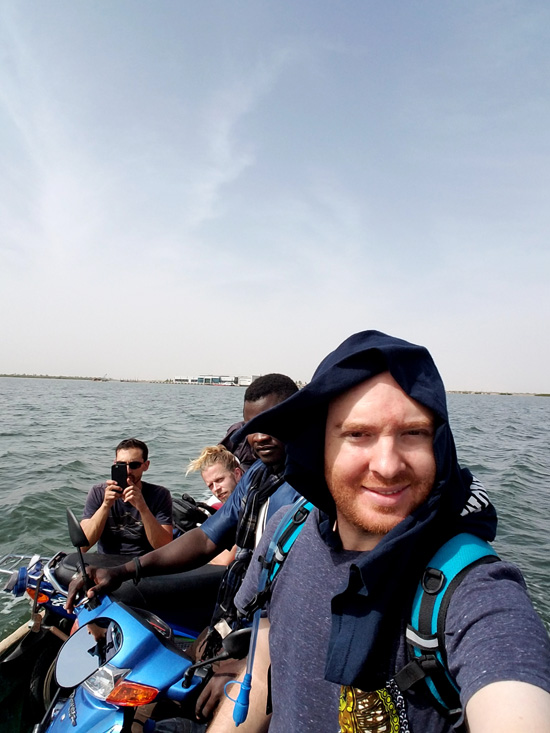
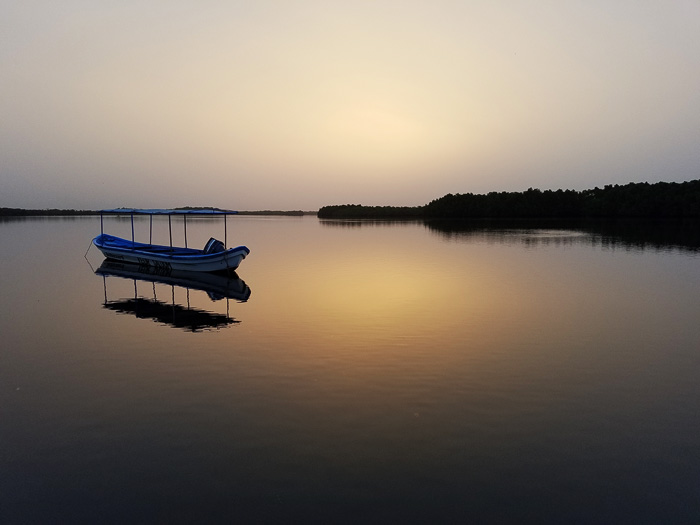
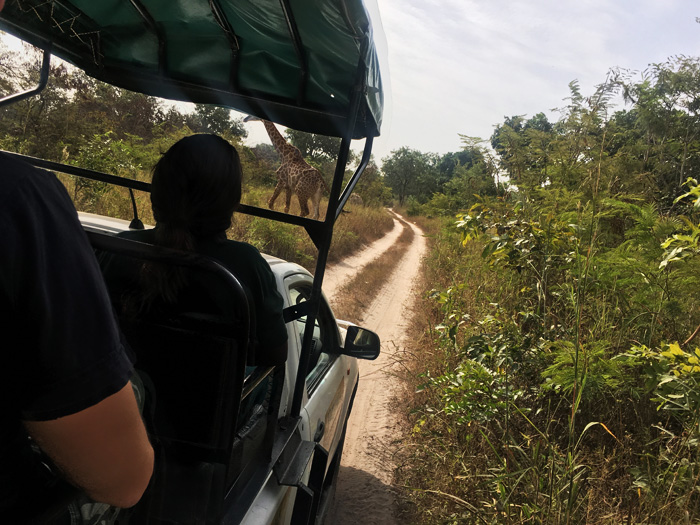
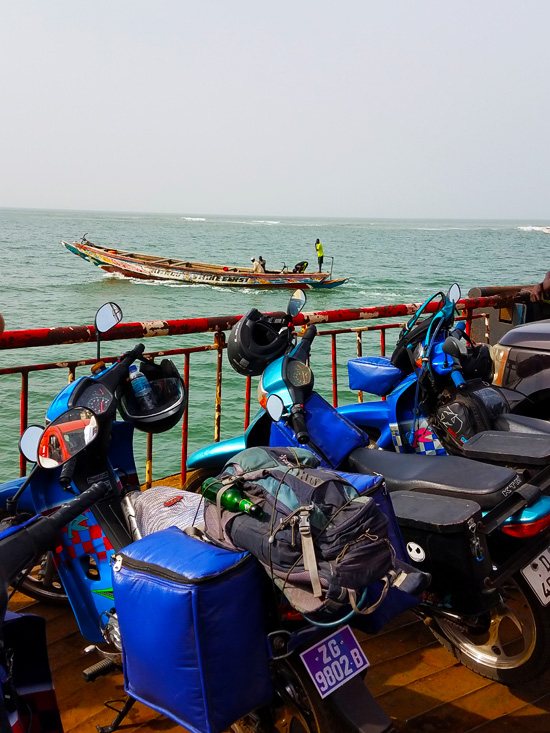

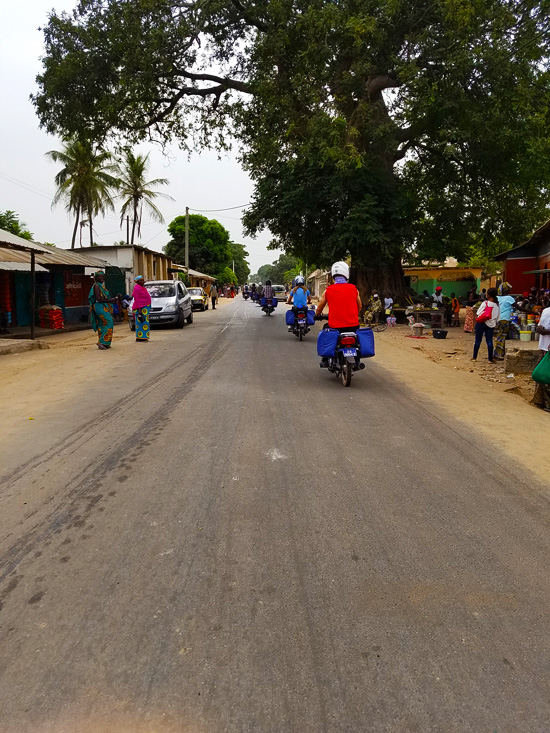
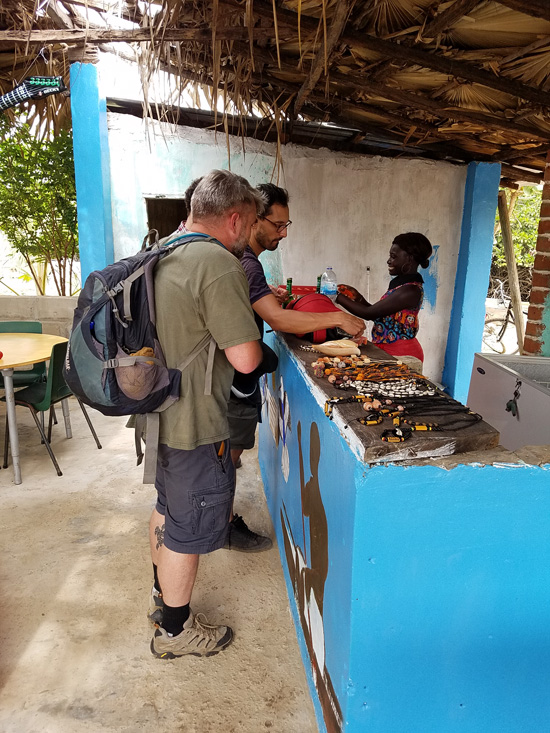
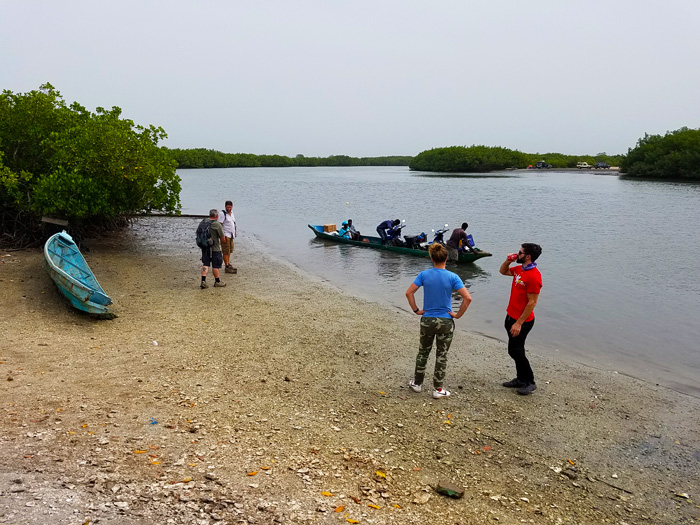
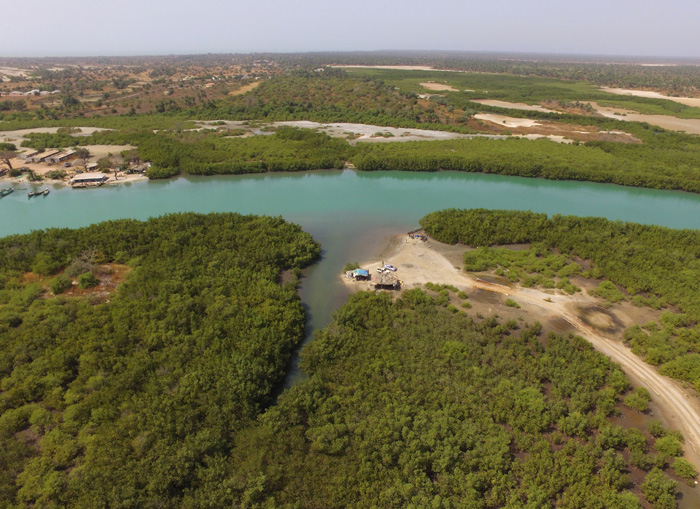
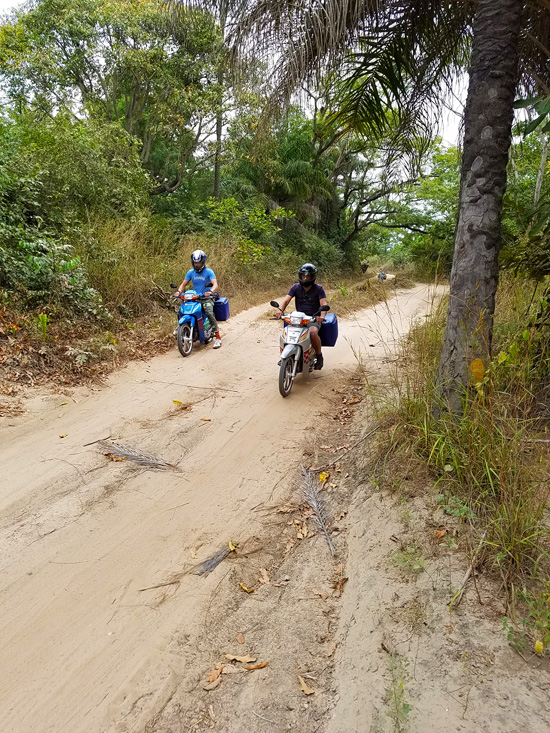
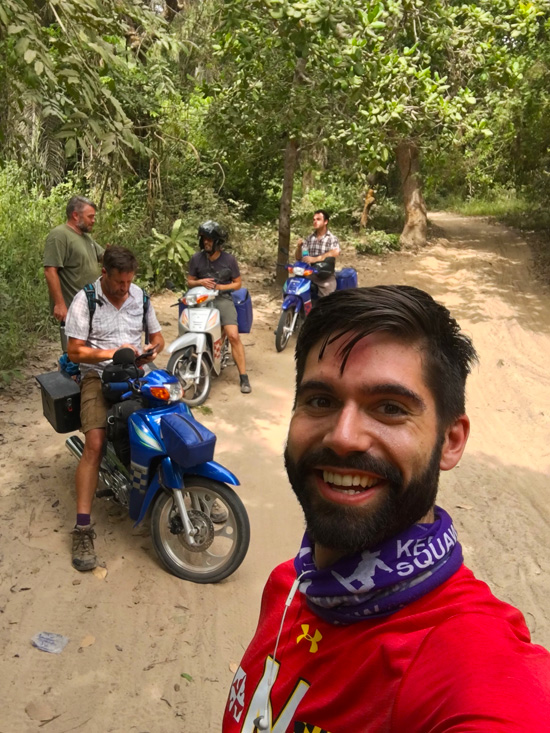

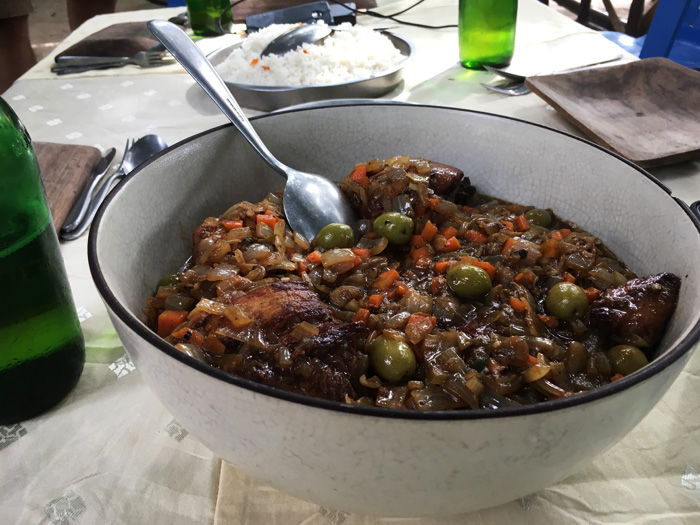
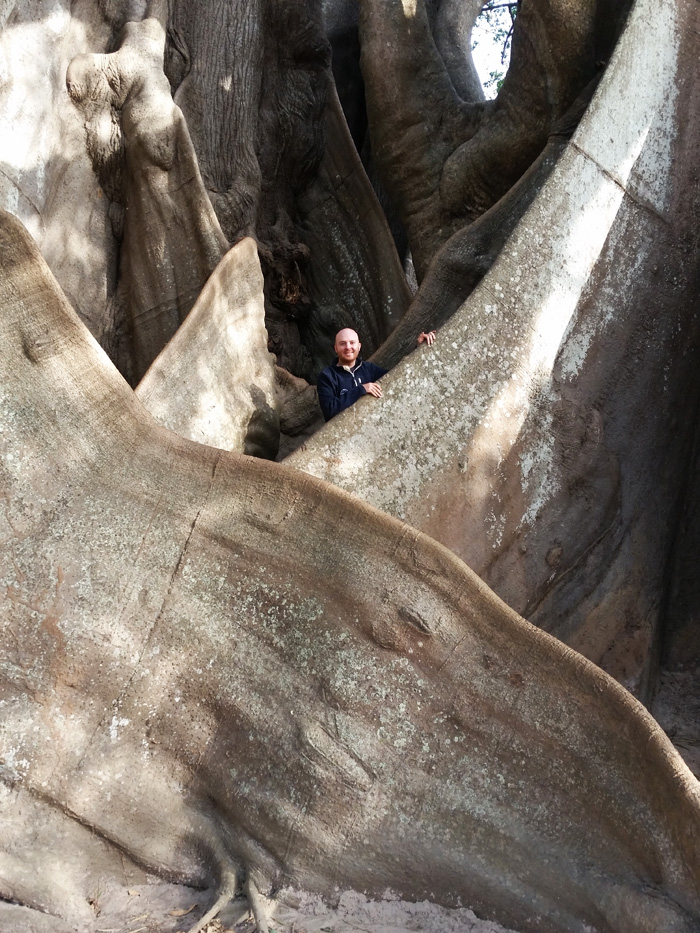
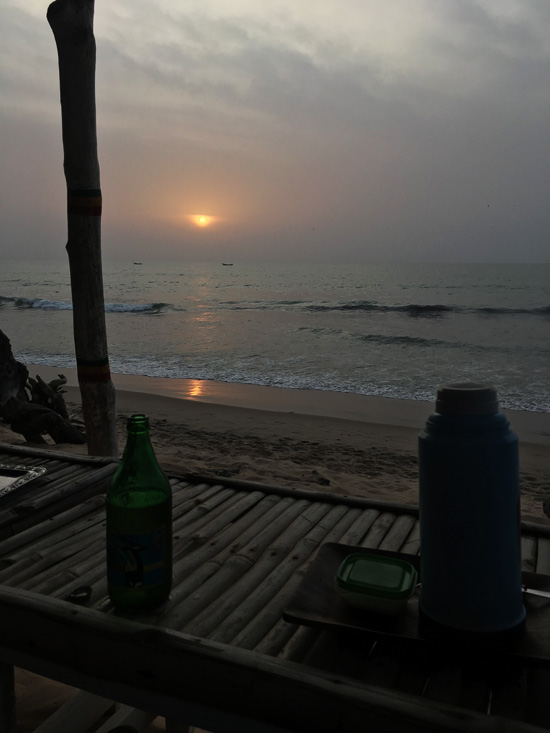
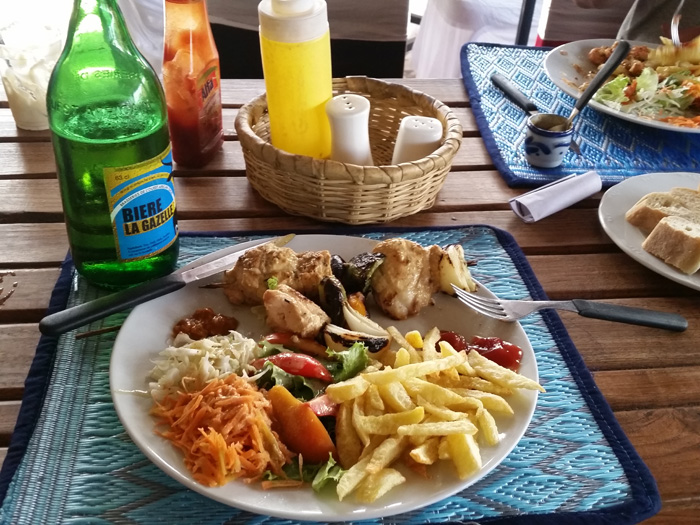
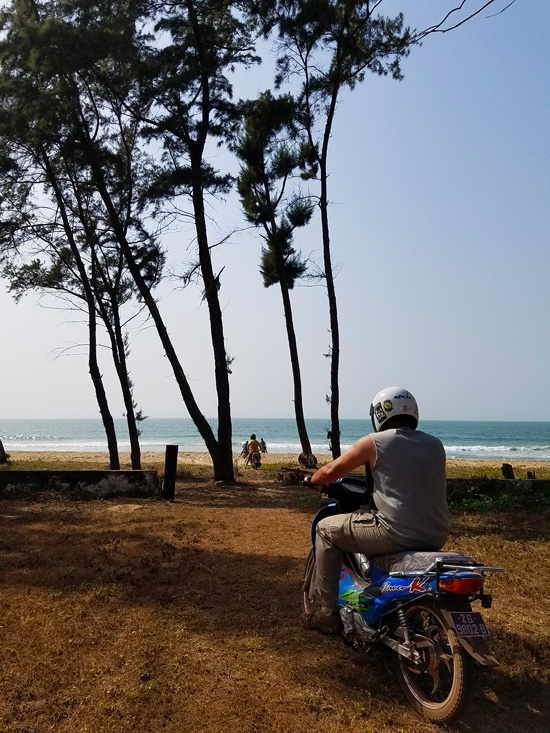
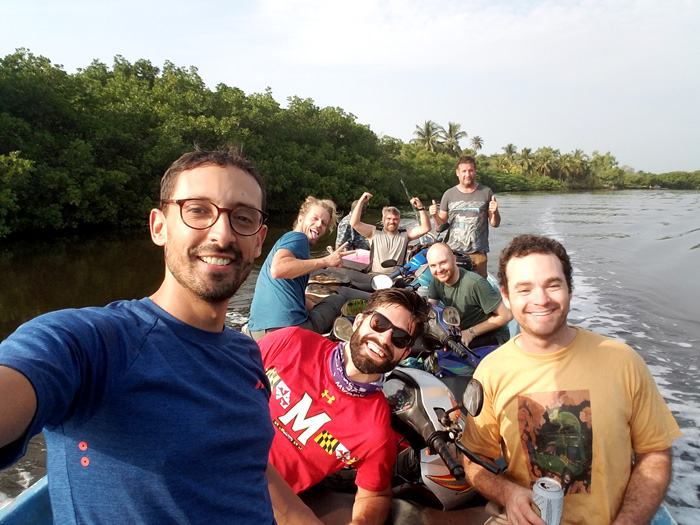
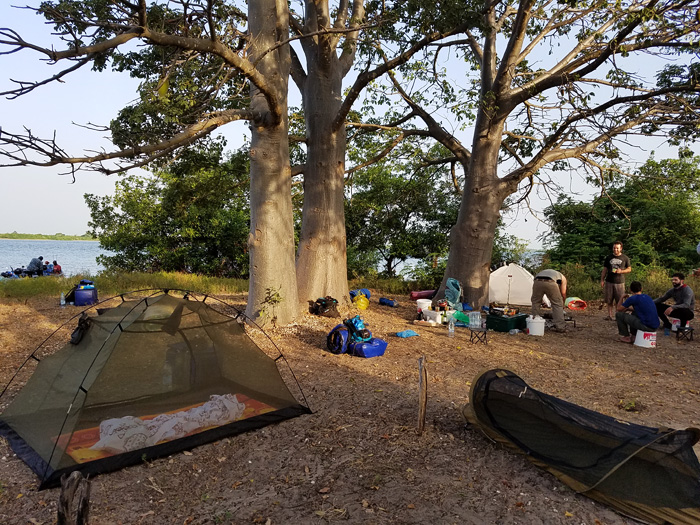
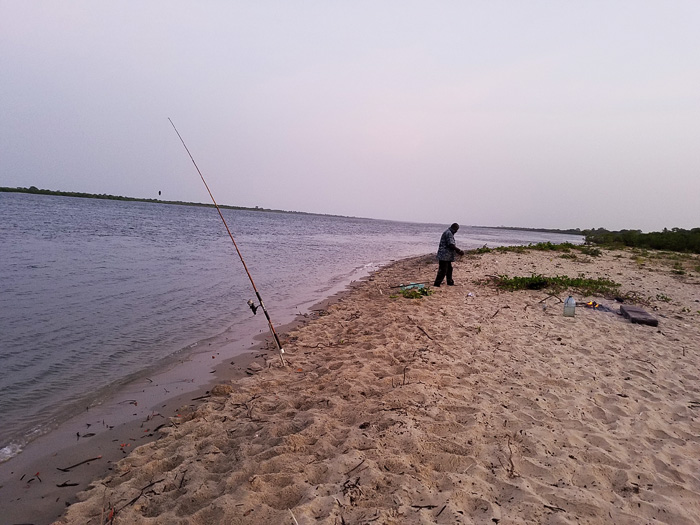

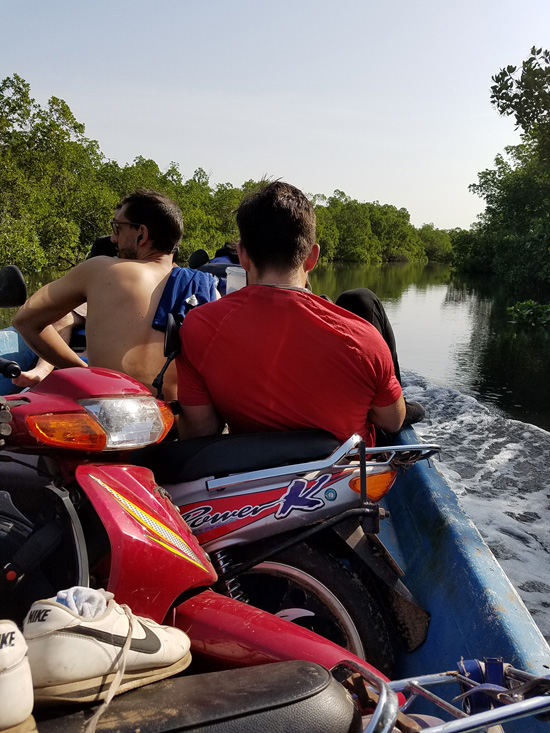
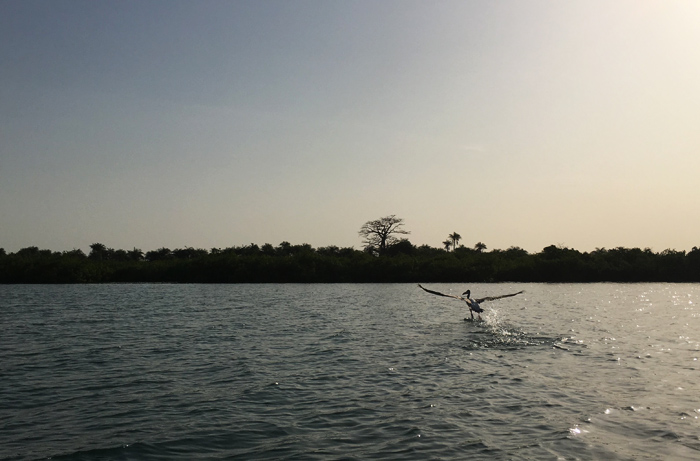
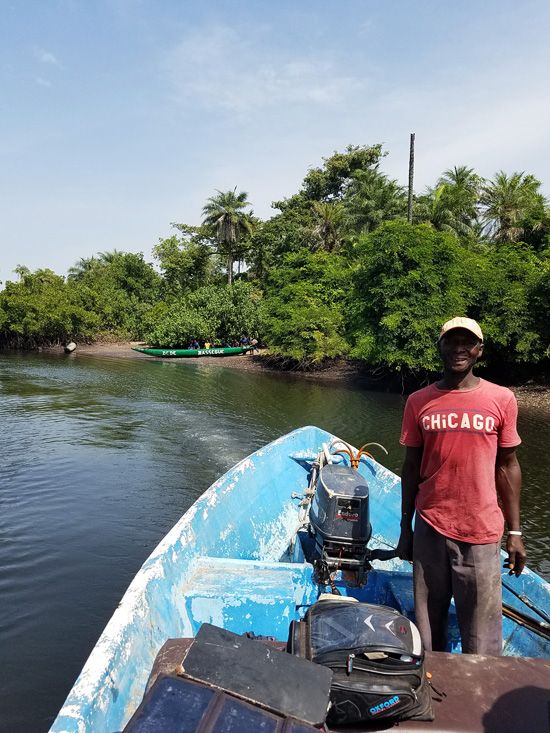
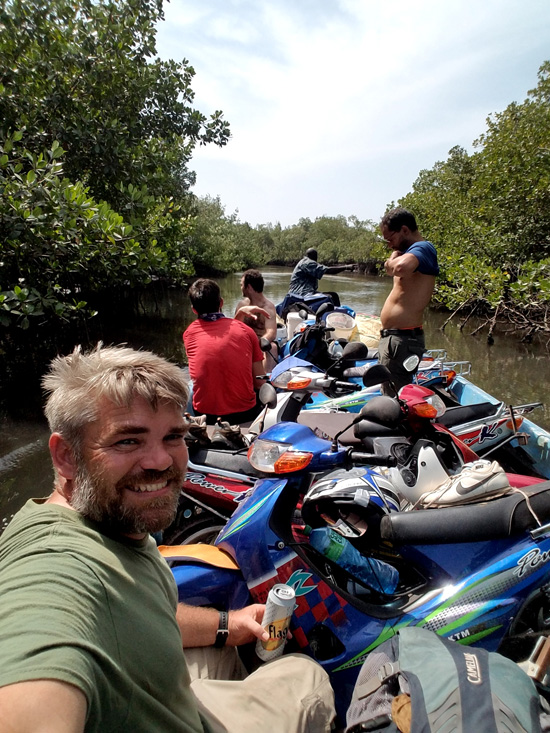
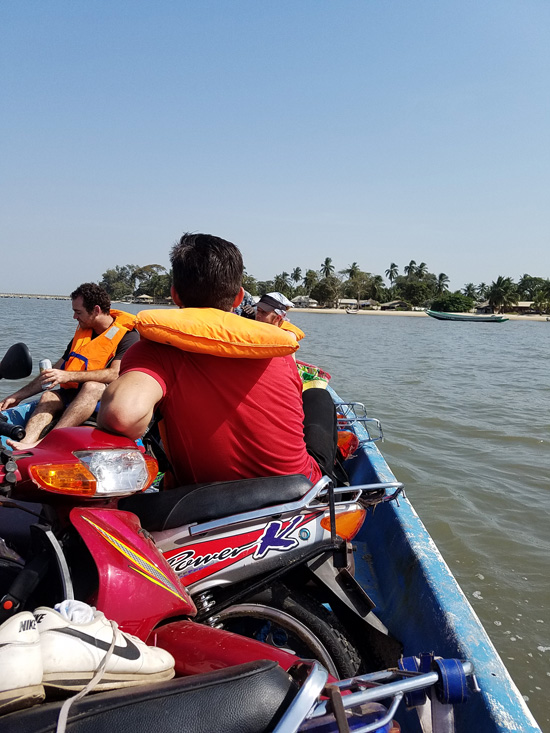
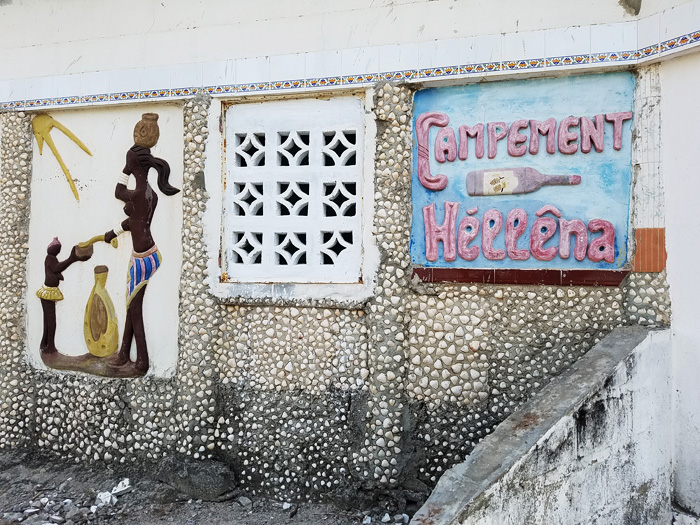
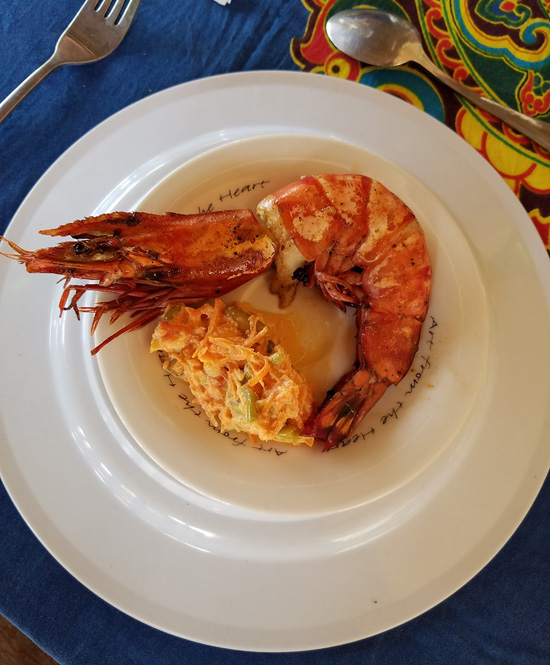

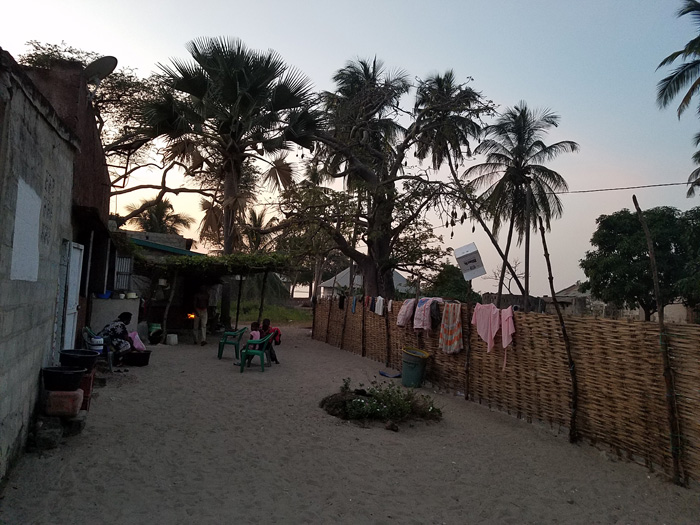
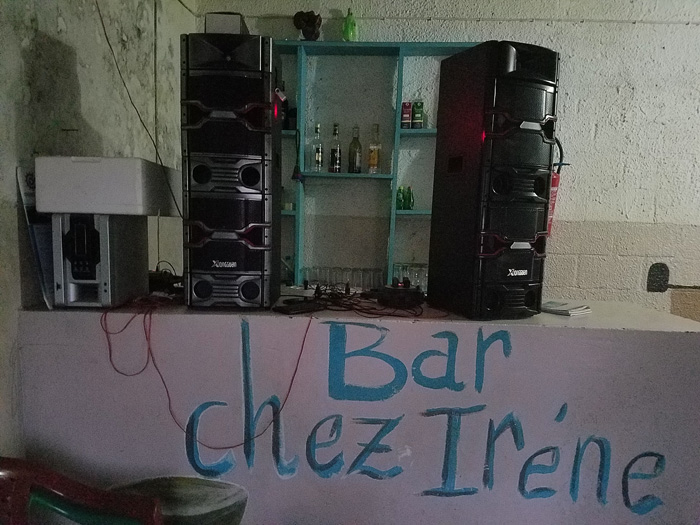
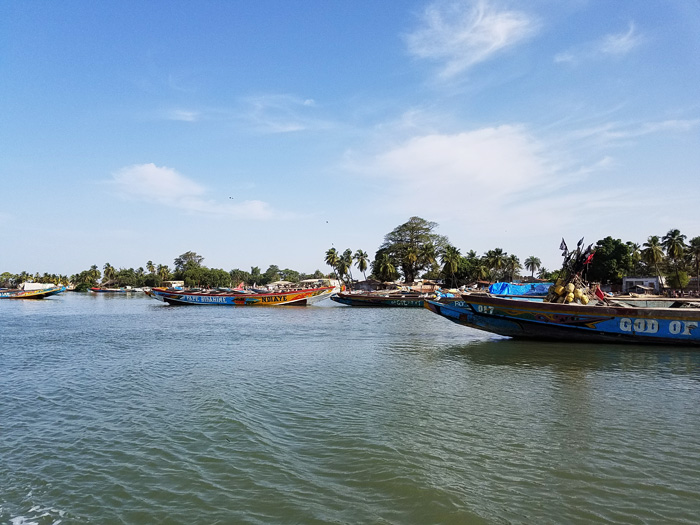
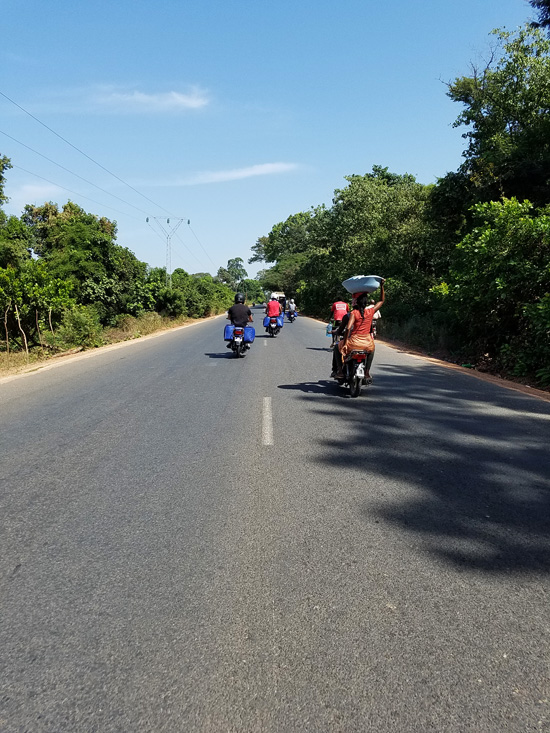
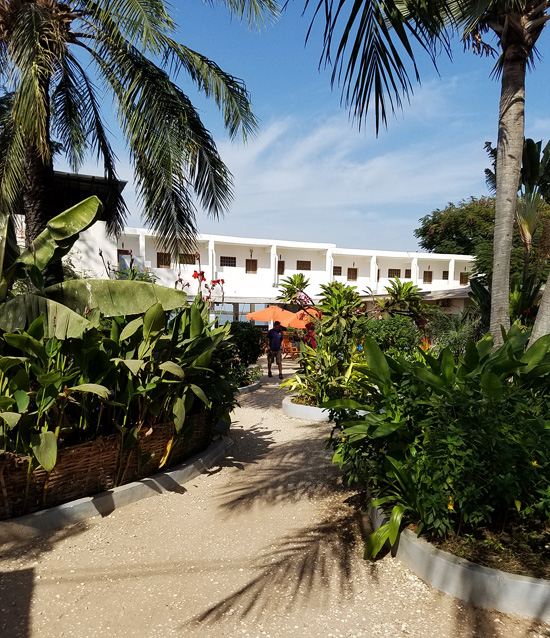


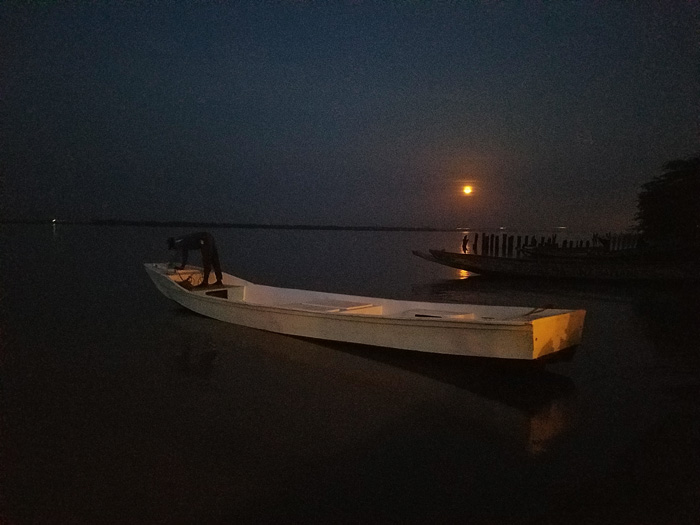
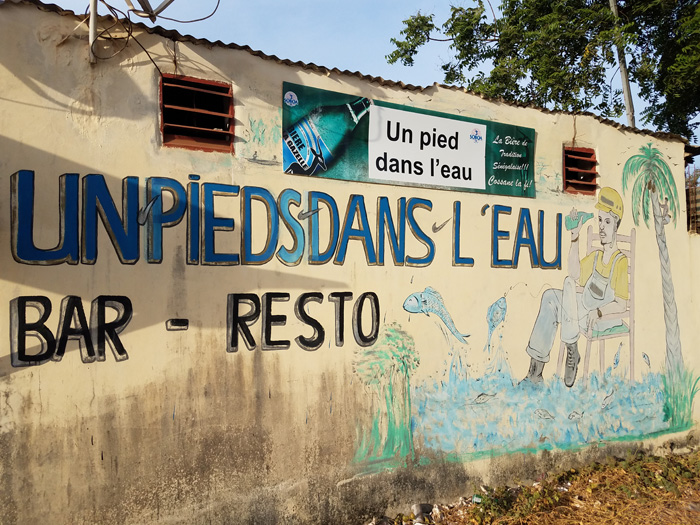
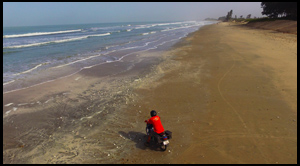
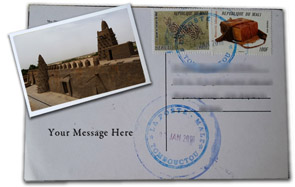
Nice great journey
Loved reading about the trip. Sounds perfect. I”d love to do something like that someday soon before I’m too freaking old. Monkfish, dude. I hear you. Monkfish liver is the best! Sounds like this trip has great birding. Wondering if there are any fish that would eat a fly, like in the mangroves. Anyway, the trip looked very, very cool, and the vibes are very Peruvian-ish, from transport logistics to lodging and hospitality.
Cheers, Kerry. Maybe we do one in Peru. You see many scooters or vespas floating around there ? I think you could definitely have a successful fly fishing trip in the mangroves of the Casamance. This part of the world still has a healthy fishery (for the moment). Hope to see you soon.
Scooters in the jungle, but not where I live in Amazonas…..Andean mountains and valleys, the whole world is up and down and up and down. I would love to meet Bintou and Andre someday. Someday….But hey! I’m going to Patagonia next week! Yippee!
Awesome! Have a great trip